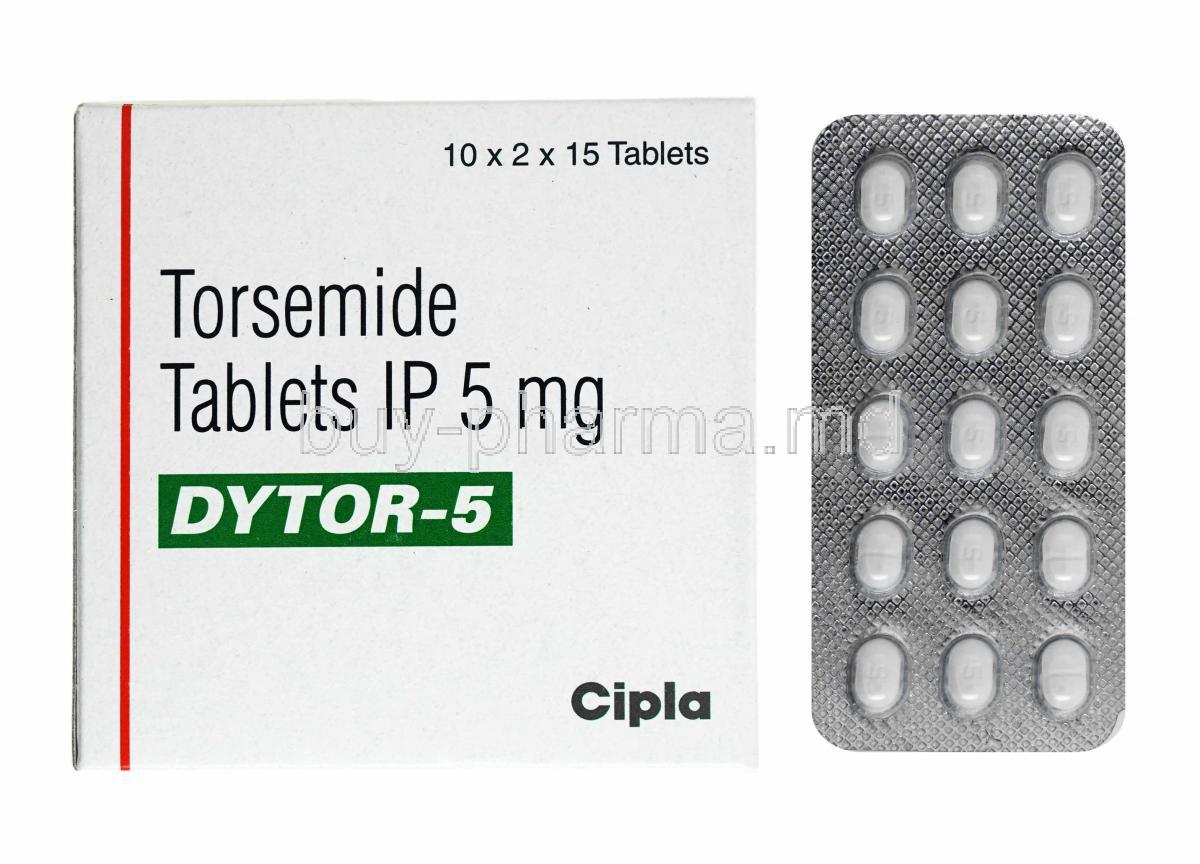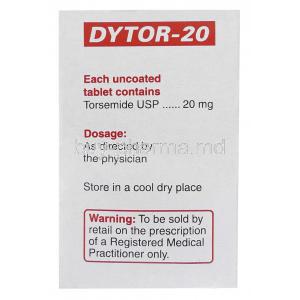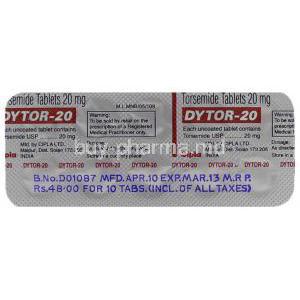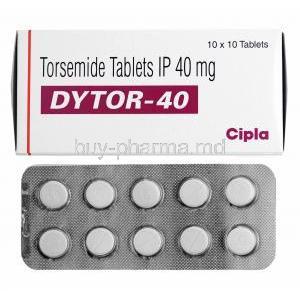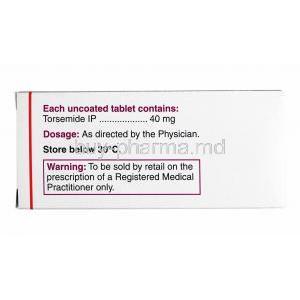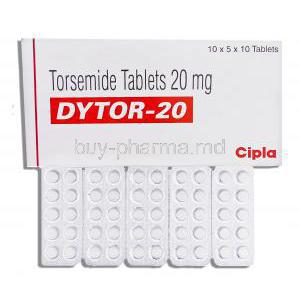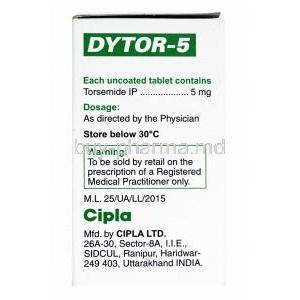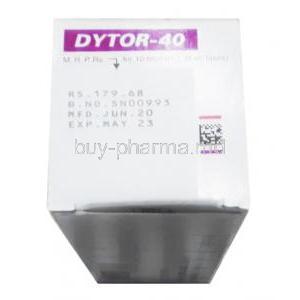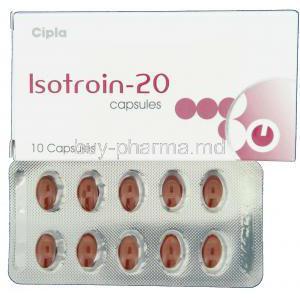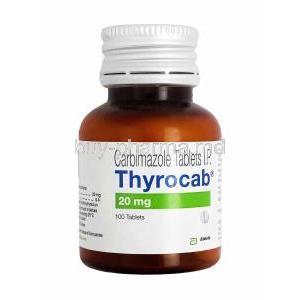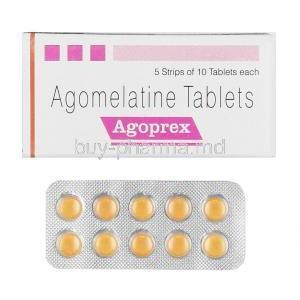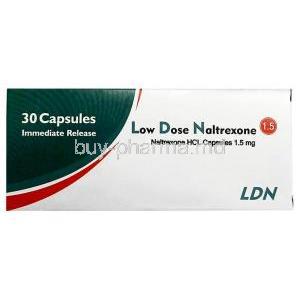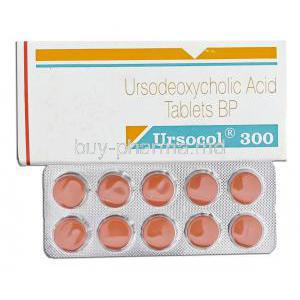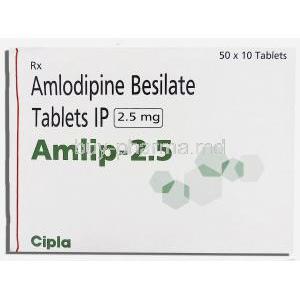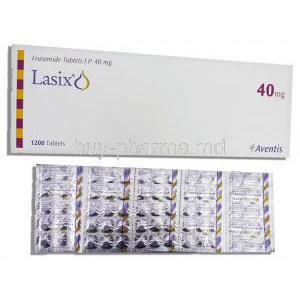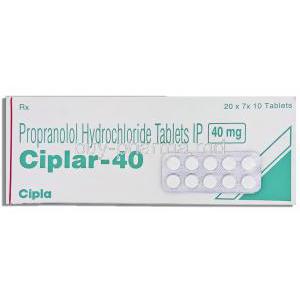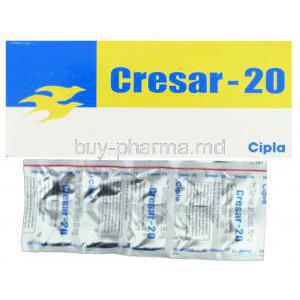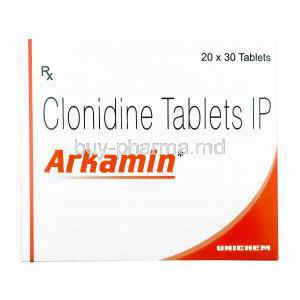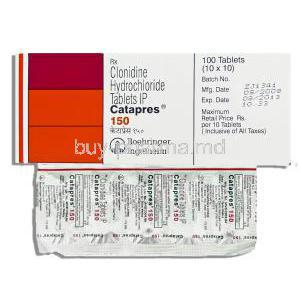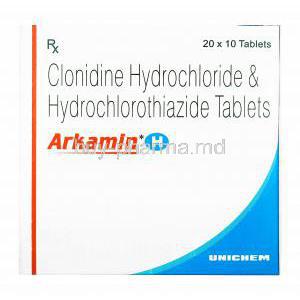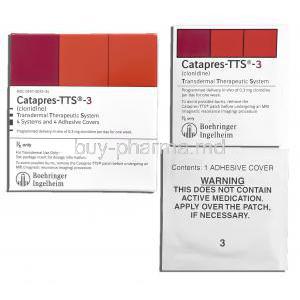Introduction to Dytor (Torsemide)
Overview of Dytor as a Loop Diuretic
Dytor, containing torsemide as its active component, belongs to the class of loop diuretics. It is primarily indicated for conditions requiring rapid removal of excess fluid from the body. By enhancing urine output, it alleviates fluid overload and assists in the control of elevated blood pressure.
Torsemide Medication
Torsemide is widely available under the brand name Dytor, as well as in generic formulations. The generic alternatives maintain the same therapeutic efficacy and are often chosen for cost-effectiveness in long-term therapy.
Clinical Significance in Managing Fluid Retention and Hypertension
Dytor holds significant value in clinical practice. It is commonly prescribed to manage conditions such as:
- Edema associated with congestive heart failure
- Fluid retention due to chronic kidney disease
- Hypertension, especially resistant cases not responsive to other treatments
Its dual role in blood pressure regulation and fluid balance makes it an indispensable therapeutic option.
Composition and Formulations
Active Ingredient: Torsemide
The primary active pharmaceutical ingredient in Dytor is torsemide, a potent loop diuretic.
Torsemide drug class
It belongs to the group of medicines called loop diuretics (water pills). This medicine works by acting on the kidneys to increase the flow of urine.
Available Strengths (Tablets, Injections)
Dytor is offered in multiple strengths and dosage forms to meet diverse clinical needs:
- Tablets in varying milligram strengths for routine outpatient management
- Injectable formulations for acute hospital-based care
Inactive Ingredients and Excipients
Each formulation also contains excipients such as lactose, starch derivatives, and stabilizers, which contribute to drug stability and absorption but do not affect therapeutic action.
Spironolactone and torsemide
Spironolactone+torsemide belongs to a class of medicine called 'diuretics' (water pills), primarily used to remove excess water from the body. It also maintains the bloodstream's potassium level and prevents hypertension (high blood pressure due to oedema (fluid retention).
Torsemide vs Furosemide
Both torsemide and furosemide work by inhibiting the reabsorption of sodium, chloride, and water in the kidneys, leading to increased urine output and reduced fluid retention. Studies suggest that torsemide may be more effective than furosemide in improving functional status, reducing heart failure-related hospitalizations, and potentially decreasing cardiac mortality in heart failure patients but furosemide is the more affordable option.
Torsemide vs Lasix
Torsemide is potentially more effective than Lasix in treating congestive heart failure, offering lower hospitalization rates and improved clinical outcomes.
Bumex vs torsemide
Bumetanide has a stronger diuretic effect compared to Torsemide but it requires more frequent dosing due its shorter half-life.
Bumetanide vs torsemide
Torsemide has a longer half-life (around 3.5 hours) than bumetanide (around 1 hour). This means torsemide stays in the body longer and may provide a more sustained diuretic effect.
Mechanism of Action: How Dytor Works
Torsemide Mechanism of Action
Torsemide acts on the thick ascending limb of the loop of Henle in the nephron. By inhibiting the sodium-potassium-chloride symporter, it prevents the reabsorption of these ions, leading to enhanced diuresis.
Effects on Sodium, Potassium, and Chloride Reabsorption
The blockade of sodium, potassium, and chloride reabsorption creates an osmotic gradient, which increases urine output. This leads to reduction in plasma volume and overall body fluid content.
Impact on Fluid Balance and Blood Pressure
Through significant natriuresis and diuresis, Dytor reduces preload and afterload on the heart. The end result is decreased fluid retention, improved symptoms of edema, and effective control of hypertension.
Torsemide half life
The drug is primarily metabolized by the liver (80%) and excreted in the urine. Half-life elimination is approximately 3.5 hours.
Comparison with Other Loop Diuretics
Compared to furosemide, torsemide demonstrates a longer half-life and more predictable absorption. This makes it a preferred option in many patients requiring long-term diuretic therapy.
Dytor Tablet Uses
Treatment of Hypertension
Dytor is indicated for adult patients with high blood pressure. It is especially effective in those who have not achieved adequate control with first-line antihypertensive agents.
- Blood pressure control in adults: Reduces vascular volume and lowers systemic resistance.
- Role in resistant hypertension: Serves as an adjunct in cases where multiple drugs fail to achieve control.
Management of Edema
Dytor is widely prescribed for edema caused by multiple underlying conditions:
- Congestive heart failure: Reduces fluid overload, eases breathing, and relieves peripheral swelling.
- Kidney disease: Manages fluid accumulation due to reduced renal clearance, including nephrotic syndrome.
- Liver cirrhosis: Helps control ascites and peripheral edema associated with hepatic dysfunction.
Off-Label and Investigational Uses
Adjunct Therapy in Pulmonary Hypertension
Torsemide has been studied as a supportive therapy to decrease right-sided heart strain in pulmonary hypertension patients.
Use in Hypercalcemia Management
By promoting calcium excretion, Dytor may assist in cases of acute hypercalcemia, usually in conjunction with intravenous fluids.
Potential Role in Resistant Edema Syndromes
Patients unresponsive to standard diuretic regimens may benefit from torsemide as part of combination therapy.
Off-Label Use in Certain Chronic Lung Diseases
In select chronic pulmonary conditions with secondary fluid retention, Dytor is occasionally utilized to optimize breathing capacity.
Torsemide Dosage and Administration Guidelines
Torsemide Dose
The usual starting dose ranges between 5–10 mg once daily, adjusted based on response and tolerability.
Torsemide dosage for heart failure
Adults—At first, 10 or 20 milligrams (mg) once a day.
Torsemide dosage for Edema in CHF, Renal, and Hepatic Conditions
Initial doses may vary from 10–20 mg daily, with gradual increments depending on severity of edema and clinical outcome.
Pediatric Dosing Considerations
Data on pediatric use remain limited; any administration should be strictly guided by a specialist with dose adjustments based on body weight.
Torsemide maximum dose per day
Starting doses range from 5 mg to 20 mg once daily, and maximum doses range from 40 mg to 200 mg per day
Route of Administration: Oral vs. Injectable
Oral tablets are used in outpatient settings, while intravenous injections are reserved for acute hospital care where rapid diuresis is necessary.
Dose Titration and Adjustment Strategies
Titration is guided by blood pressure readings, body weight monitoring, and laboratory evaluation of electrolytes and renal function.
Torsemide to Lasix conversion
The conversion ratio from torsemide to furosemide (Lasix) is approximately 1:4, meaning 10 mg of torsemide is equivalent to 40 mg of furosemide.
Torsemide to furosemide conversion
The conversion ratio of torsemide to furosemide is typically about 1:2, which means 20 mg of torsemide would be equivalent to about 40 mg of
Side Effects of Dytor
Torsemide side effects
Most patients tolerate Dytor well, though some may experience:
- Increased frequency of urination
- Dizziness or lightheadedness, especially when standing
- Mild headache
- Muscle cramps due to electrolyte shifts
Torsemide Side Effects Long-term
Though less frequent, certain adverse reactions require immediate attention:
- Severe electrolyte imbalances including hypokalemia and hyponatremia
- Marked hypotension and signs of dehydration
- Renal impairment or worsening kidney function
- Ototoxicity with hearing disturbances at higher doses
Torsemide Side Effects in Elderly
- Older adults may process drugs more slowly. A normal adult dosage may cause levels of this drug to be higher than normal in your body.
- Poor blood flow to important organs such as your kidneys can occur, especially if you are elderly
Torsemide Interactions
Interactions with Antihypertensives
Dytor may potentiate the effects of ACE inhibitors, ARBs, and beta-blockers, requiring dose adjustments to avoid hypotension.
Interactions with NSAIDs and Nephrotoxic Agents
Concurrent use with NSAIDs can reduce diuretic efficacy and increase renal risk. Caution is warranted with nephrotoxic drugs such as aminoglycosides.
Effect on Antidiabetic Medications
Torsemide may influence glucose metabolism, sometimes necessitating adjustments in insulin or oral hypoglycemic agents.
Risks When Combined with Digoxin or Lithium
Electrolyte imbalances caused by Dytor can enhance digoxin toxicity. Similarly, lithium levels may rise dangerously, demanding careful monitoring.
Torsemide Warnings and Safety Precautions
Risk of Dehydration and Hypotension
Dytor (torsemide) increases urinary output significantly, which may cause rapid fluid depletion. This can lead to dehydration, excessive thirst, fatigue, and dangerous drops in blood pressure. Patients should be advised to monitor for signs such as dizziness, fainting, or extreme weakness.
Close Monitoring of Renal and Hepatic Function
Renal and hepatic impairment may alter the metabolism and excretion of torsemide. Regular evaluations of kidney and liver function are essential to reduce the risk of accumulation and toxicity. In those with pre-existing dysfunction, dosage modifications or alternative therapies may be required.
Caution in Electrolyte Disturbances
The drug promotes electrolyte excretion, particularly potassium, sodium, and chloride. Unchecked electrolyte imbalances can lead to muscle weakness, arrhythmias, or confusion. Correcting deficiencies prior to and during therapy is strongly recommended.
Avoidance of Unnecessary Long-Term High-Dose Therapy
Long-term exposure to excessive doses may exacerbate renal strain, disturb mineral metabolism, and increase risk of adverse cardiovascular outcomes. Treatment should be individualized and titrated to the minimum effective dose.
Torsemide potassium sparing
Potassium-sparing diuretics increase nephron reabsorption of potassium by interrupting sodium reabsorption in the collecting duct. As a result of diuresis, torsemide can cause electrolyte abnormalities, including hypokalemia, hypocalcemia, acid-base imbalance,
Torsemide Nursing Considerations
Monitor signs of metabolic acidosis, including headache, lethargy, stupor, seizures, vision disturbances, increased respiration, cardiac arrhythmias, weakness, nausea, vomiting, and abdominal pain. Notify physician immediately if these signs occur.
Torsemide Contraindications
Known Hypersensitivity to Torsemide or Sulfonylureas
Patients with documented allergies to torsemide, sulfonylureas, or similar compounds should avoid the drug to prevent severe hypersensitivity reactions.
Anuria (Inability to Produce Urine)
Dytor is contraindicated in anuric patients since its mechanism relies on renal function. Use in such individuals can cause harmful complications without therapeutic benefit.
Severe Electrolyte Depletion (e.g., Hypokalemia)
Marked depletion of potassium or sodium must be corrected before initiating therapy, as diuretics can worsen the imbalance and provoke serious cardiac disturbances.
Careful Administration in Special Cases
Patients with Diabetes Mellitus
Torsemide may influence glucose metabolism. Careful blood sugar monitoring is necessary, and antidiabetic regimens may need adjustments during therapy.
Patients with Gout or Hyperuricemia
The drug may elevate uric acid levels, potentially triggering gout attacks. Preventive measures and routine uric acid testing are advisable in susceptible patients.
Patients on Multiple Antihypertensives
Concurrent use with other blood pressure–lowering agents can exaggerate hypotension. Gradual dose titration and close blood pressure surveillance are warranted.
Risk in Those with Impaired Hearing
High doses of loop diuretics have been associated with ototoxicity. Patients with pre-existing hearing impairment should be monitored closely for auditory changes.
Important Precautions
Regular Monitoring of Serum Electrolytes
Routine electrolyte checks, particularly potassium, sodium, and magnesium, help detect imbalances early and prevent clinical complications.
Periodic Assessment of Renal Function and Blood Pressure
Blood pressure should be measured regularly to prevent hypotensive episodes. Kidney function monitoring ensures ongoing safe excretion of the drug.
Avoiding Abrupt Discontinuation in Chronic Conditions
Sudden withdrawal in patients dependent on diuretics for edema management may precipitate fluid retention rebound. Gradual tapering under supervision is preferable.
Ensuring Adequate Hydration
Patients should maintain sufficient fluid intake, unless otherwise restricted, to balance diuretic losses and avoid severe dehydration.
Use in Special Populations
Elderly Patients
Elderly individuals exhibit increased susceptibility to electrolyte fluctuations and hypotension. Lower starting doses with careful monitoring of renal function and blood pressure are strongly advised.
Pregnant Women and Nursing Mothers
Safety data in pregnancy remain limited. Dytor should only be administered if benefits clearly outweigh potential risks to the fetus. Torsemide can pass into breast milk, and nursing mothers may be advised to avoid breastfeeding or consider alternative medications.
Pediatric Use
Data regarding safety and efficacy in children are insufficient. If deemed necessary, use must be restricted to specialist supervision with precise dosing based on weight and clinical response.
Overdosage and Emergency Management
Symptoms of Overdose
Excessive doses may cause profound dehydration, severe electrolyte imbalance, pronounced hypotension, tachycardia, or confusion.
Emergency Interventions
Initial management includes gastric lavage if ingestion is recent, correction of fluid deficits with intravenous fluids, and targeted electrolyte replacement. Close monitoring of cardiac rhythm and renal function is imperative.
Monitoring and Supportive Care
Patients should be admitted to a hospital setting for observation, with supportive care tailored to severity. Intravenous volume expansion and correction of metabolic disturbances are the cornerstones of recovery.
Storage and Handling Precautions
Recommended Storage Conditions
Tablets and injections should be stored in a cool, dry environment, protected from excessive heat and humidity. Ideal temperature ranges between 15–30°C.
Shelf Life and Expiration
Always check the expiration date on packaging. Expired medication may lose potency or pose safety concerns.
Safe Handling of Tablets and Injections
Tablets should be kept in their original blister pack until use. Injections should be handled by trained professionals under aseptic conditions to maintain sterility.
Disposal Guidelines for Unused or Expired Medication
Unused or expired Dytor should not be flushed or discarded in household waste. Disposal should follow local pharmaceutical waste regulations or be returned to a pharmacy take-back program.
Dytor, Torsemide FAQ
- What is the use of Dytor torsemide?
- What is torsemide used for?
- Can torsemide cause a rash?
- Is Dytor bad for the kidneys?
- How long can I take torsemide?
- Are Dytor and Tide the same?
- What to avoid while taking torsemide?
- Which is better, lasix or torsemide?
- Should you drink a lot of water when taking torsemide?
- Can torsemide increase creatinine?
- What is the best time of day to take torsemide?
- Does torsemide make you pee more?
- When to stop dytor?
- What are the serious side effects of torsemide?
- Can torsemide cause hearing loss?
- How quickly does torsemide work?
- Can Dytor increase creatinine?
- How much time does Dytor take to work?
- What are the side effects of Dytor?
- Can I take torsemide with amlodipine?
- Are Dytor and torsemide the same?
- Does torsemide make you sleepy?
- Does torsemide make you gain weight?
- What is torsemide used for?
- Can torsemide cause a rash?
- How long can I take torsemide?
- Can torsemide cause hearing loss?
- Can Dytor increase creatinine?
- Are Dytor and torsemide the same?
- Does torsemide make you sleepy?
- Does torsemide make you gain weight?
What is the use of Dytor torsemide?
It is used to treat high blood pressure and edema.
What is torsemide used for?
Torsemide is a drug that's often prescribed to help with fluid buildup in the body.
Can torsemide cause a rash?
Yes
Is Dytor bad for the kidneys?
Dytor 10 Tablet is safe to use in patients with kidney disease
How long can I take torsemide?
2 weeks
Are Dytor and Tide the same?
They both contain torsemide as the active ingredient.
What to avoid while taking torsemide?
- Salicylates
- Cholestyramine
- Probenecid
- Lithium
Which is better, lasix or torsemide?
Torasemide has greater bioavailability,
Should you drink a lot of water when taking torsemide?
Yes
Can torsemide increase creatinine?
Yes
What is the best time of day to take torsemide?
Daytime
Does torsemide make you pee more?
Yes
When to stop dytor?
Do not stop taking the Dytor 10 tablet until advised by the doctor, even if you are feeling good.
What are the serious side effects of torsemide?
- Nausea
- Arrythmia
- Electrolyte imbalance
- Vomiting
- Weakness
- Drowsiness
- Muscle weakness
Can torsemide cause hearing loss?
Yes
How quickly does torsemide work?
Within 1 hour
Can Dytor increase creatinine?
Yes
How much time does Dytor take to work?
Within 1 hour
What are the side effects of Dytor?
headache, dizziness, dehydration, low blood pressure, and upset stomach
Can I take torsemide with amlodipine?
The metabolism of Torasemide can be decreased when combined with Amlodipine.
Are Dytor and torsemide the same?
Yes
Does torsemide make you sleepy?
Yes
Does torsemide make you gain weight?
No
What is torsemide used for?
Torsemide is basically a medication that helps with fluid buildup in the body. It is often linked to health issues like congestive heart failure, liver disease and kidney disease.
Can torsemide cause a rash?
Yes
How long can I take torsemide?
2 weeks
Can torsemide cause hearing loss?
Yes
Can Dytor increase creatinine?
Yes
Are Dytor and torsemide the same?
Yes
Does torsemide make you sleepy?
Yes
Does torsemide make you gain weight?
No

